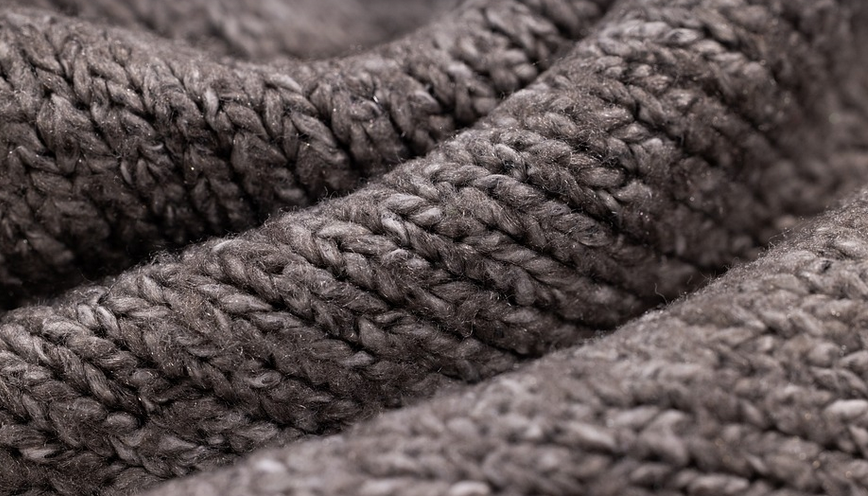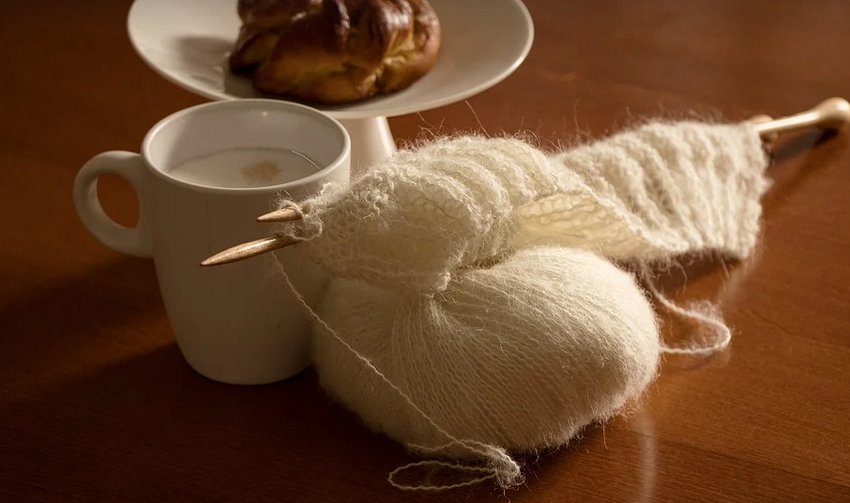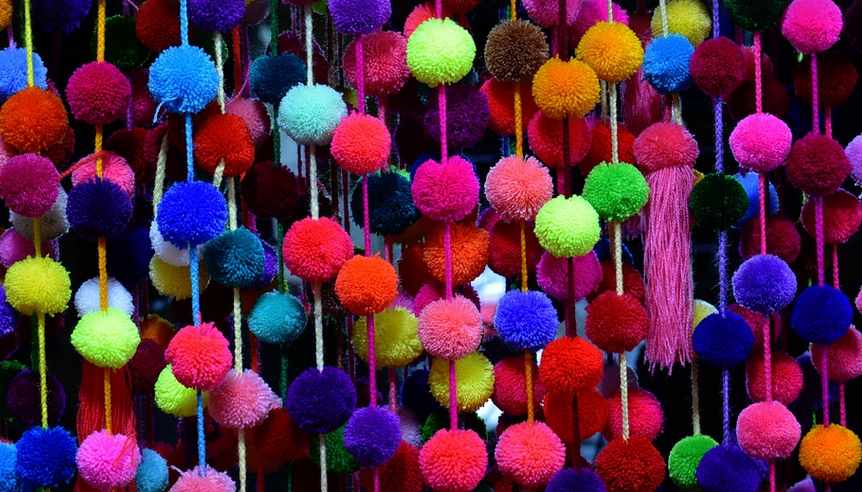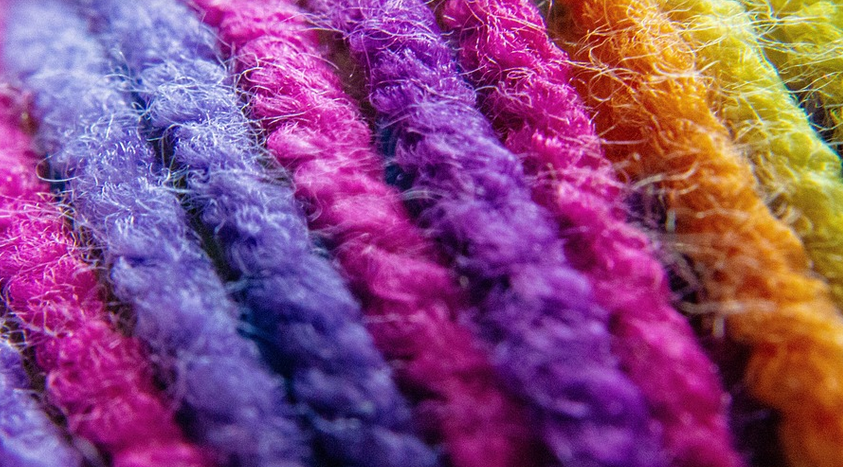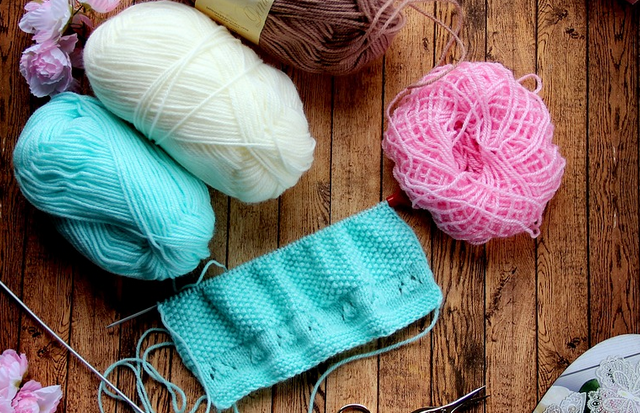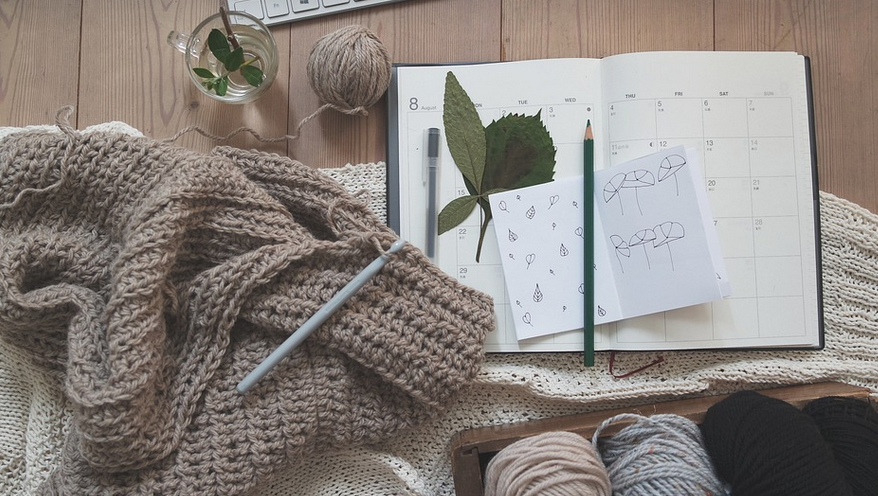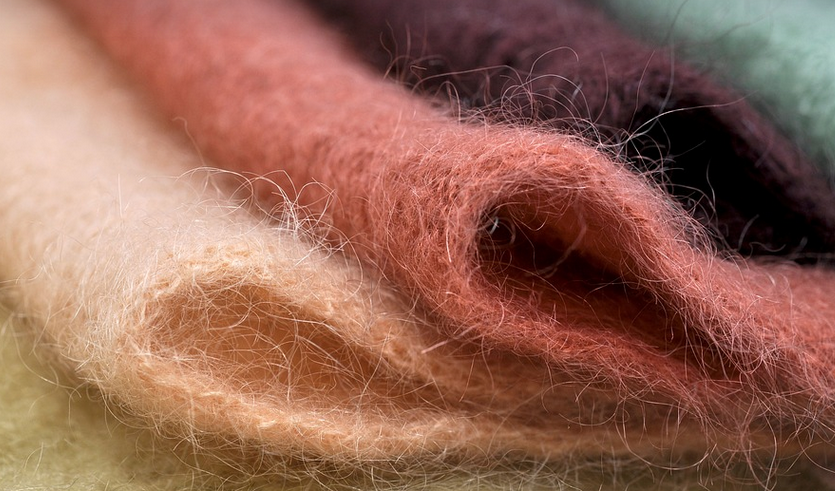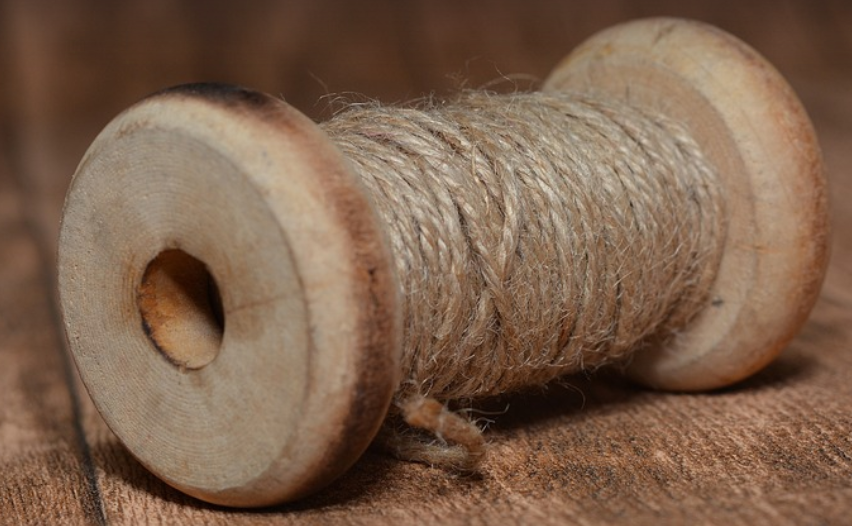
The Science of Protecting Your Strikes
Stepping into the ring is all about power, precision, and control. For boxers, those three elements intertwine to produce a beautiful dance of offense and defense that leaves audiences both mesmerized and awe-struck. But even with their remarkable skill and dedication, boxers face an inherent risk when their fists meet against an opponent’s flesh. It’s all about taking the hits and dishing out damage, but there’s always a vital element in play – protecting those knuckles.
We often hear coaches and fighters speak about “the art of boxing” or the “science of fighting.” This is because there’s so much more to it than just getting hit. It’s about technique, precision, and understanding your body in battle. But there’s also a crucial element that many overlook: protecting those punches.
The Pain Points of Powerful Fists
A boxer’s knuckles are vital to their success – they hold the power to deliver devastating blows. When these fists connect with an opponent, it’s not just about the force behind each strike; it’s also about how that force is distributed. That distribution relies on a robust structure that can withstand the pressures and impacts of punches.
Imagine your knuckles are like tiny, delicate swords aimed at taking down an opponent. One blow from an opponent’s fist and those swords can get chipped or broken. A fighter’s body takes abuse; they’re constantly hitting each other, taking shots, and trying to land their own blows. It’s a brutal dance of strength and vulnerability.
Knuckle Pads: The Unsung Heroes of Boxing
Think of knuckle pads as your knuckles’ best friends – companions who shield them from the battering ram of a well-timed punch. These pads, worn in boxing gloves, act as a protective barrier between the boxer’s knuckles and potential injury.
These pads are more than just bulky additions to the otherwise sleek design of boxing gear. They’re about understanding that the fight isn’t solely based on brute force but on strategy, timing, and resilience.
Why Knuckle Padding Matters
The decision to wear knuckle padding is a strategic one for any boxer.
Knuckle pads aren’t just for show – they’re about enhancing the efficiency of each punch. When knuckles are protected, boxers can increase the impact of their punches while minimizing risk of injury.
They offer a protective barrier against the brutal realities of boxing: bone-crushing impacts from a well-placed punch, a possible fracture or dislocation that could derail your training and career. It’s about prioritizing safety without sacrificing effectiveness.
Different Knuckle Padding Styles
There are various materials used in knuckle pads, each with its own advantages and disadvantages.
**Traditional Knuckle Pads:** These offer a good balance of protection and affordability. They’re usually made from denser foam or harder plastic, allowing for greater impact absorption and durability.
**Lightweight Knuckle Pads:** These are designed to provide the most flexible movement while still offering light-weight protection.
**Advanced Knuckle Pads:** For the hardcore athlete, these offer superior shock absorption and enhanced mobility for those who demand top-notch performance.
Safety First: The Importance of Proper Use
While knuckle pads can increase a boxer’s chance of success in a fight, they are not magic bullets. They don’t guarantee safety; it’s about understanding your body and its limits.
Proper use is paramount to maximizing the benefits of knuckle padding. This includes:
- Wearing them correctly, ensuring a snug fit over knuckles and a secure hold around fingers.
- Regularly checking for wear and tear on your gloves and pads; don’t hesitate to replace damaged or worn-out gear as soon as possible.
- Don’t forget about proper training and conditioning: it’s a team effort when it comes to staying safe.
Knuckle Padding: The Future of Boxing?
The world of boxing is constantly evolving, with innovations in gear and training methods. One area that shows promise for the future of boxing is in knuckle padding technology.
With advancements in material science and engineering, we could see more flexible, lightweight, and highly-effective knuckle pads in the near future, allowing boxers to strike harder and faster while reducing the risk of injury.
The future looks bright for the sport, and with new technologies in the wings, there’s a renewed focus on safety. As boxing continues its ascent as a global phenomenon, it needs to remain innovative while prioritizing the well-being of its athletes.
